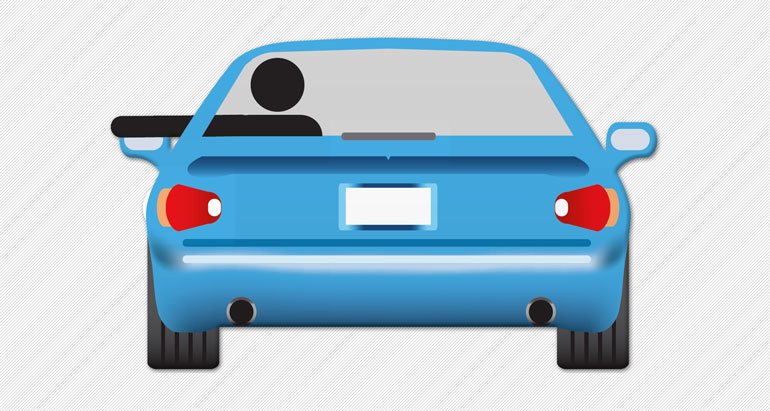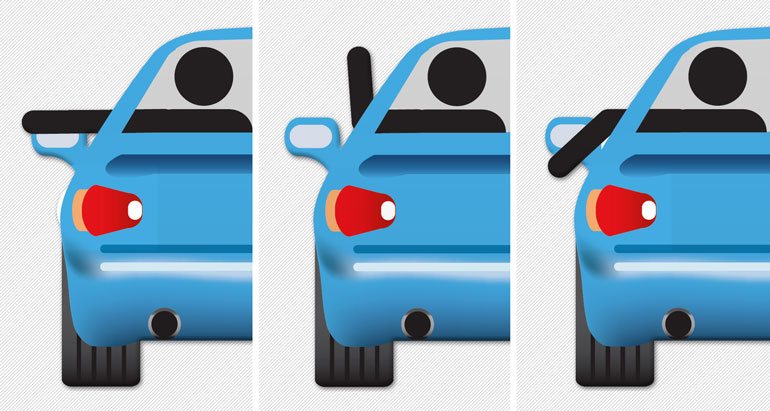

If you are preparing to take a driving test, you should know that hand signals will be a vital part of the assessment. This article lists the hand signals you will need to recall during the driving test and the occasions when they should be used while driving.
Most drivers assume that remembering hand signals will only be necessary in the unlikely event that their turn indicators fail, but this is not the case. You will need to recognize other road user’s hand signals far more often than you will need to use them yourself. It is possible that other drivers will use hand signals if their indicators are broken, though you are more likely to encounter cyclists using them. Without electronic signaling devices, cyclists must always rely on hand signals to communicate their intentions to other road users. As a motorist, you must understand these signals.
As you will only have safe access to the left window, both left and right turns must be signaled from this position. Attempting to lean over to the right window would impair your control of the vehicle and view of the road ahead. To signal a right turn, extend your left arm out of the left window and bend it at a 90-degree angle with the hand pointing upwards. The signal should appear “L” shaped when viewed by the drivers behind you.

Using your right arm for indicating right turns is not an option, as drivers are unlikely to see it inside your vehicle. Extend the left arm straight up to indicate a right turn.
To signal a left turn, extend your left arm straight out the left window. Your arm should be roughly parallel to the roadway so that your hand is pointing to the left. Be careful not to fully extend your arm if there are other vehicles, cyclists or obstacles nearby which you may hit.

For a left turn, extend the left arm directly out to the left.
When you need to signal that you are slowing down or stopping, extend your left hand out of the left window and bend it at a 90-degree angle with the hand pointing downward. This should create an upside-down “L” shape for the drivers viewing from behind.

When slowing or stopping, drop the left arm down at the elbow and point to the ground.
Using hand signals to communicate with other road users is acceptable when:
When your turn indicators are broken it is important to understand that hand signals are not a long-term alternative solution. Having functional signal lights on your vehicle is essential. You should avoid driving until they are fixed, using hand signals temporarily until the problem is solved.
When using hand signals, end your signal before starting to make your turn and place both hands on the steering wheel while making your turn.

Learn to recognize all hand signals for driving. These universal signals may be used by other drivers, motorcyclists and cyclists to convey important information about their intentions.
Hand signals are not a viable method of indication at night, as nobody will be able to see them. If your turn indicators are not working, you must not drive at night until they are fixed. All states list functioning turn signals as a legal requirement when driving at night.
Find out with our free quiz!